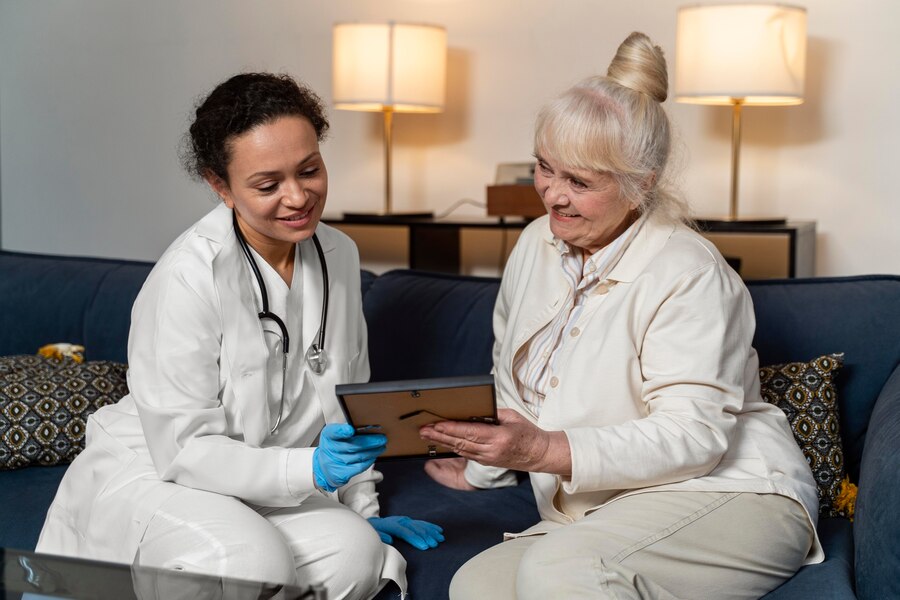Although it may not be the most attractive aspect of managing a practice, home health billing is without a question one of the most crucial. Imagine giving your patients excellent service only to have revenue gaps because of billing issues. Frustrating, isn't it? Yet, this is precisely the problem many home health agencies struggle with. And of course, not to forget miscalculated units, missing documentation, and even other minor mistakes snowball into major financial losses.
However, there is good news amidst these challenges. You don't have to let these challenges derail your practice. By understanding common pitfalls and implementing effective solutions, you can take control of your billing processes and safeguard your revenue stream. Let's dive into the most frequent home health billing mistakes and, more importantly, how to avoid them.
Common Mistakes in Home Health Billing Services
Medicaid funds may be improperly paid for home health services if they are paying the wrong organization, incorrect payment, no documentation or policy to support, or are provided for services not indicated in the person-centered plan. Analyzing PERM data can help determine what is causing payment errors for agency-provided goods, appliances, equipment, and home health services. Two fundamental flaws showed up: units of measurement errors and poor documentation.
Units of Measurement Miscalculation
The number of units error happens when a provider invoices for the wrong number of units for a procedure code.
Common errors in home health services include agency-provided supplies, appliances, and equipment.
For example,
- Billing for more units than what is documented for a procedure code
- Bills for more units than are allowed by the doctor's order in the person-centered plan
- Does not accurately break down overnight services into daily units
- The correct procedure code and number of units are billed incorrectly.
- The units are not correctly calculated for the procedure code, such as when units of service are billed in 15-minute increments even though the regulations specify one hour.
- The documentation does not reflect the date span for accurate billing.
Documentation inaccuracy
This is referred to as an inadequate documentation error when a provider presents documentation that doesn't support the billed procedure code. Common mistakes with home health services, agency-provided tools, supplies, and appliances include:
- The names of the service provider, service dates, hours worked, and work accomplished are missing from the service logs
- The records did not have the supplier's endorsement or approval by the recipient
- The billable services are neither rendered nor signed, and there is no sign of the progress notes
- Absence of prior authorization
How To Avoid Home Health Billing Errors
To make sure you are billing correctly it is thus necessary to document well, employ strong systems, and train your staff well continually. To mitigate errors:
Ensure Accurate Unit Billing: Compare treatment and care plans against physicians’ orders. Billing for service time should involve proper time intervals; consider billing software that will not allow billing at the wrong time intervals.
Strengthen Documentation: Preserve initiating service records at which all pertinent information must be inscribed is preserved. Ensure that the progress notes are well written, signed, and corroborated by the services provided.
Implement Quality Controls: Conduct periodic check-ups of billing and documentation in order to address discrepancies prior to submitting claims.
Take Charge of Your Home Health Billing Today
Mistakes in home health billing services have a significant impact on your practice’s financial health. Become error-free billing today by reviewing your existing practices today, updating them with better ones, and exploring outsourcing services. Timing is critical because getting a head start in the competition in dealing with billing and revenue cycle management will get you ready for success.





Comments